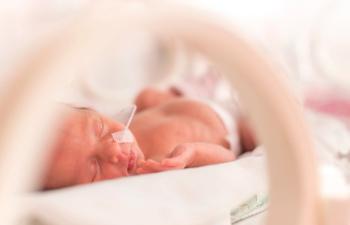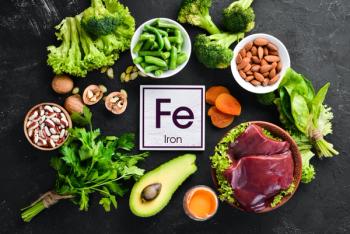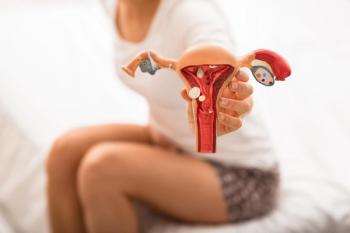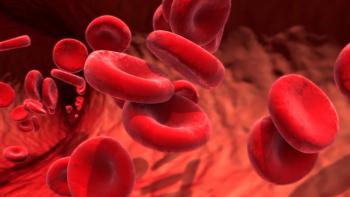Perimenopausal women experience hot flashes in cold weather because of brown adipose tissue (BAT) activity, according to recent study highlighted at The Menopause Society 2023 Annual Conference.
Takeaways
- BAT Activity and Heat Production: Brown adipose tissue (BAT) is responsible for storing energy and producing heat to maintain body temperature. It becomes active in response to cold temperatures, burning calories to generate heat.
- Hypothesis of Increased Hot Flashes: Researchers hypothesized that increased BAT activity during colder months might raise the likelihood of hot flashes, a common menopausal symptom.
- Study on BAT Activity and Hot Flashes: The study aimed to investigate if women with higher BAT activity experienced more hot flashes during the coldest months of the year.
- Significant Association Found: Results of the study showed a significant association between increasing BAT activity and the odds of experiencing hot flashes.
- Implications for Quality of Life: Hot flashes are a commonly reported symptom of menopause, and they can have a significant impact on a woman's overall quality of life.
BAT stores energy to produce heat, maintaining body temperature. Cold temperatures cause BAT to activate, burning calories.Researchers have hypothesized increased BAT activity during colder months of the year may increase the odds of hot flashes, which are one of the most common symptoms of menopause.
This hypothesis was based on the idea that decreased estrogen levels cause a narrowing of the thermoneutral zone, making hot flashes more likely to occur. A sweating response can be activated by even small shifts in core temperature, and these changes have also been reported as occurring before hot flashes.
Investigators conducted a study to determine if women with increased BAT activity experience a greater number of hot flashes in the months of the year when temperatures are coldest.The study is believed to be the first to evaluate the association between BAT activity and hot flashes, and it included 269 perimenopausal or postmenopausal women.
Results of the study indicated a significant association between increasing BAT activity and the odds of experiencing hot flashes. One logistic regression model analysis found a nearly 3-fold increased risk of hot flashes from increased BAT activity.
Lynnette Leidy Sievert, BSN, PhD, from the University of Massachusetts Amherst; and Daniel E. Brown, MD, from the University of Hawaii at Hilo, led the study. They recommended further research be conducted to determine the relationship between BAT activity and hot flashes, especially in cooler temperatures.
"Hot flashes are one of the most commonly reported symptoms of menopause," said Stephanie Faubion, MD, MBA, medical director for The Menopause Society. "It's important to consider these new studies as hot flashes can effect a woman's overall quality of life."
Reference
Can you actually have a hot flash in cold weather? The Menopause Society. September 27, 2023. Accessed September 25, 2023.











